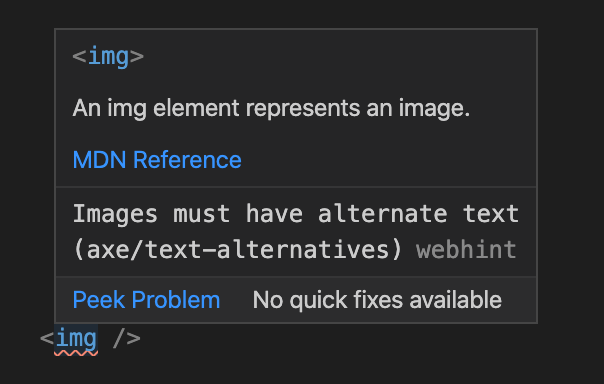Hey, I'm Phuoc Nguyen! 👋
I'm a software engineer from Vietnam 🇻🇳.
In my free time, I enjoy playing football ⚽ with my co-workers and Nintendo games 🎮 with my kids.
I also take care of my Border Collie 🐕. Here's a little secret: my zodiac sign is the dog.
I hope you find useful things in this digital space 🚀.
Check out this list of series that cover various topics in front-end development. They're incredibly useful for both learning and your day-to-day work, just like they are for me.
Best of all, they're all free and open to contributions. If you find them helpful, please consider giving them a GitHub star 😍. Your support is greatly appreciated!
My top JavaScript utilities, in just One Line of Code!
- Cross Browser - GitHub 26⭐
Common ways to solve cross-browser compatibility problems
- CSS Animation - GitHub 74⭐
Awesome CSS animations: examples of stunning animations without external libraries
- CSS Layout - GitHub 7908⭐
A collection of popular CSS layouts and patterns that you can use right away
- Front-end Tips - GitHub 586⭐
Front-End development mastery: simple tips, tricks, and best practices
Mastering DOM manipulation with vanilla JavaScript
- this vs that - GitHub 1431⭐
Understanding the difference between ˍˍˍ and ˍˍˍ in front-end development
Are you a front-end engineer looking to take your skills to the next level? Then you're in luck! I'm excited to present to you our in-depth series covering advanced techniques and patterns in front-end development.
Our series is designed to provide you with real-life examples that you can use for your applications. We understand that learning can be a daunting task, which is why we've curated our content to be both engaging and informative. You won't find any boring material here!
In this series, we'll cover a range of topics, including advanced CSS, JavaScript, as well as popular front-end libraries. Our goal is to help you become a more well-rounded and skilled front-end developer.
It's important to follow the posts in the correct order, starting from the first one and working your way to the last. There are some important techniques introduced in between that you won't want to miss.
- Mirror a text area - GitHub 11⭐
Enhancing user experience through text area mirroring
- Master of React ref - GitHub 14⭐
Your complete guide to mastering the use of "ref" in React
Master the art of drag and drop in React
Do you have any questions about front-end development that you'd like to learn more about? Shoot me a message on Twitter or assign me a new issue.
I've got a long list of upcoming posts, but I want to make sure I'm covering the topics that you're most interested in. Let's learn together! Sharing knowledge is the best way to grow in this field 🥷.


